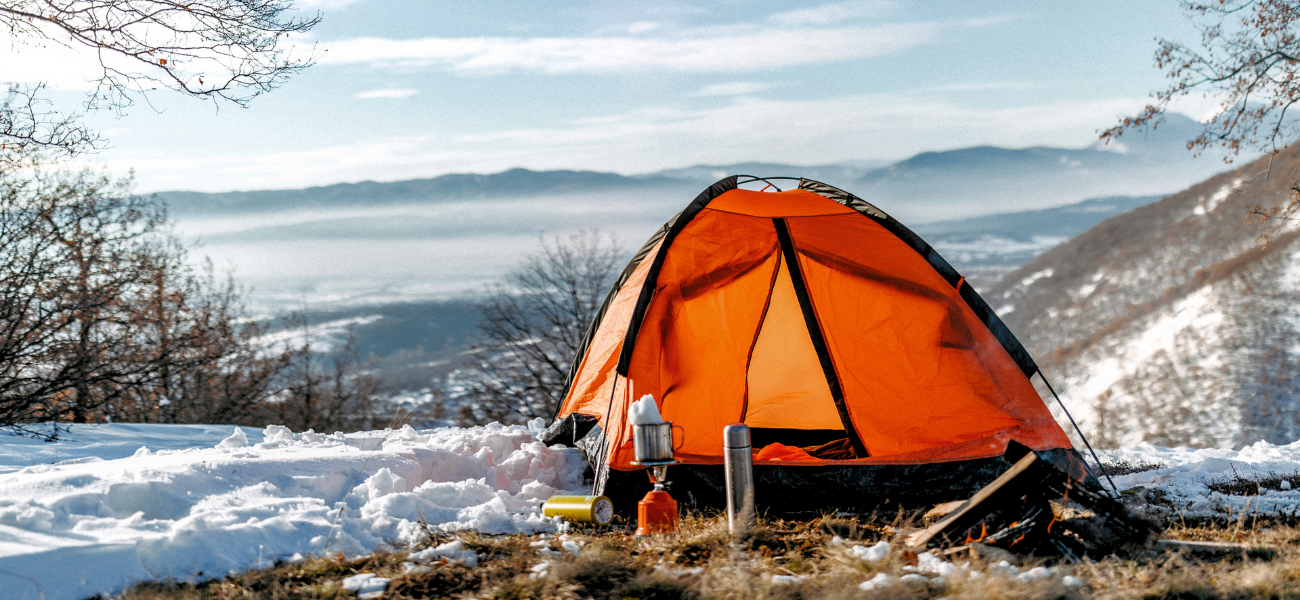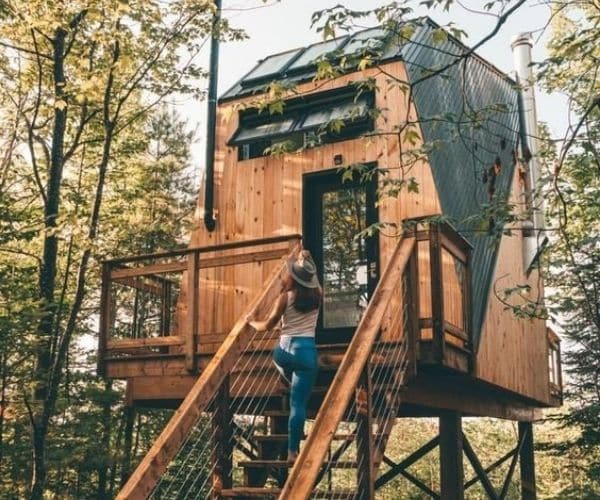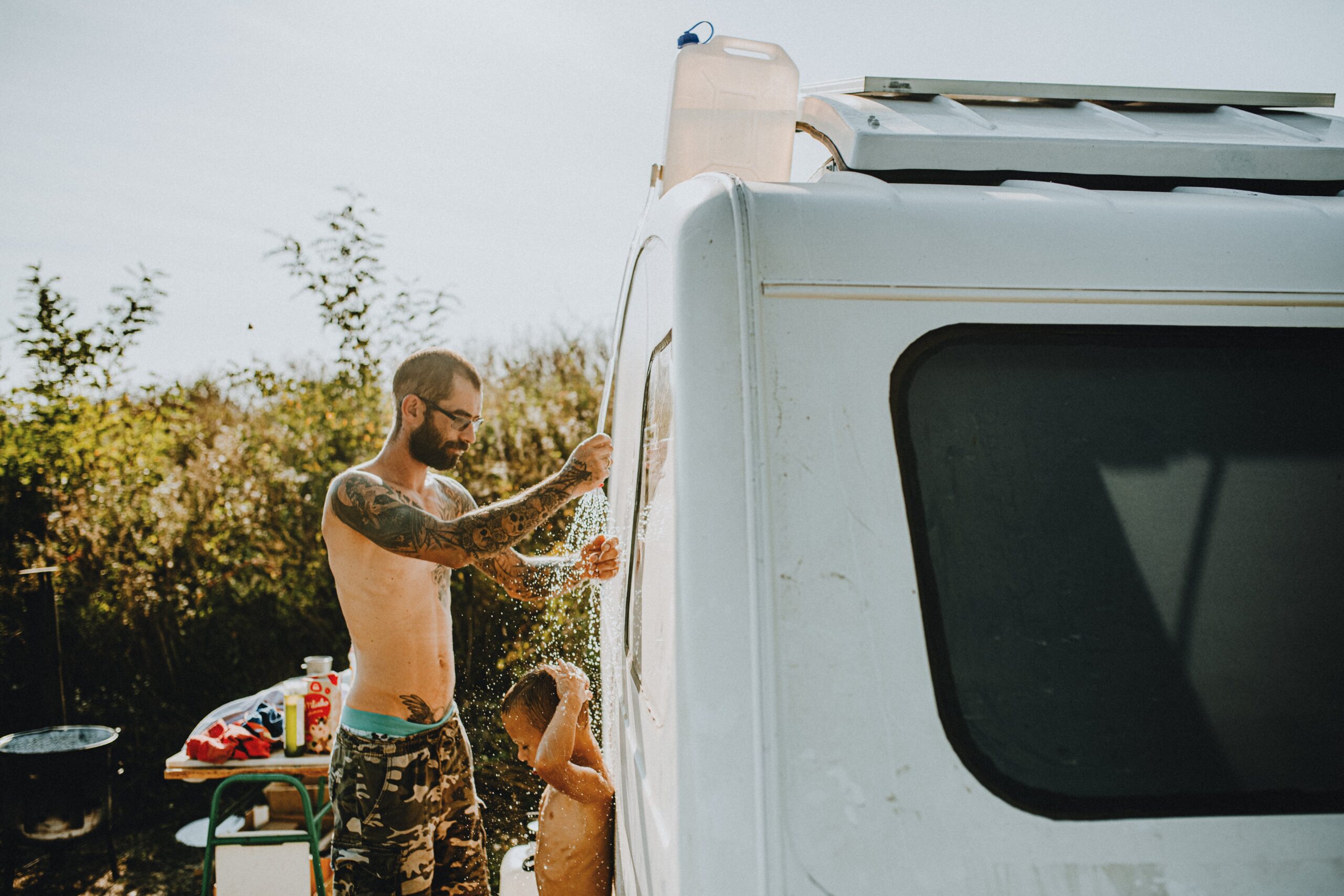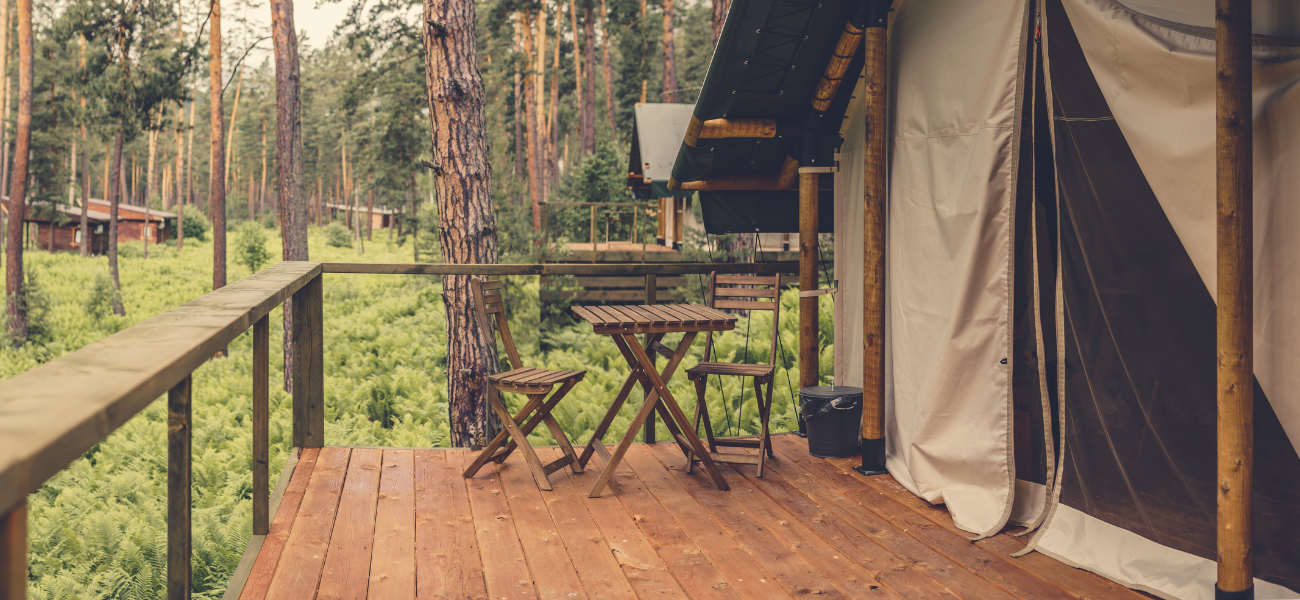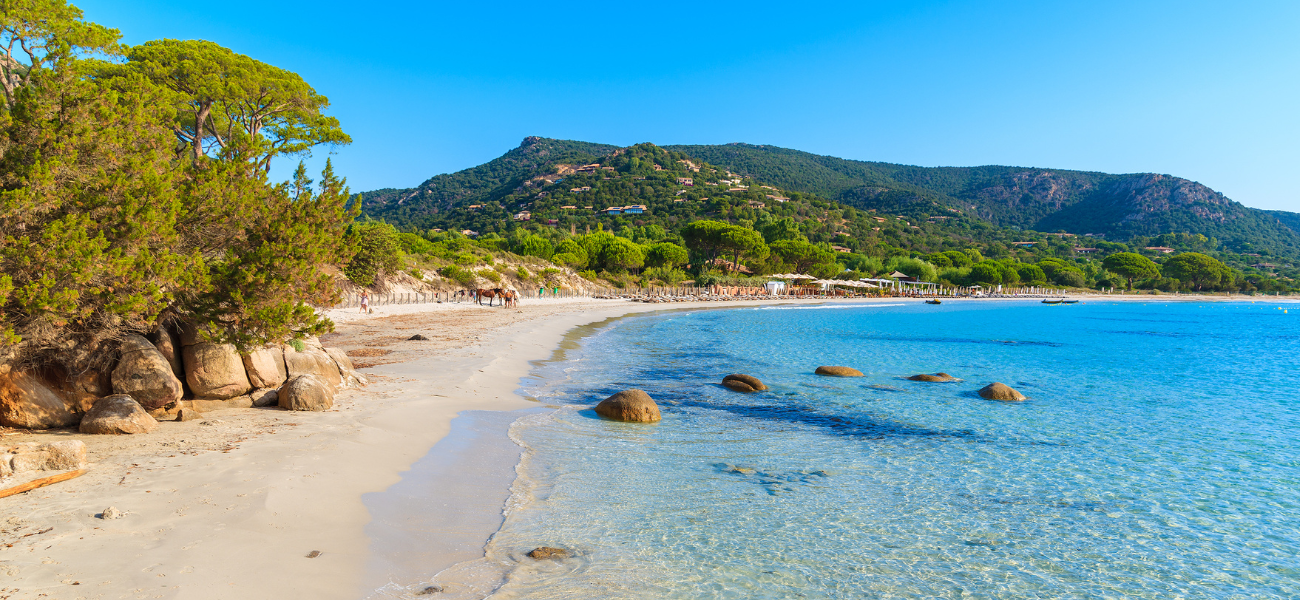No weather is bad; camping in the winter can be fun despite the cold.
As you prepare for camping in the mountains during winter, envision a landscape blanketed in snow, the crisp air, and the stillness that only a cold-weather camp can offer. It’s an experience that requires preparation, courage, and a desire to embrace the elements. This guide is your companion for a memorable and safe winter camping experience, filled with essential tips and tricks.
Preparation for Camping in the Mountains
Understanding the Terrain
Knowledge is your first tool. Research your camping destination to understand its topography, weather patterns, and potential hazards. Knowledge of the terrain helps in navigating safely and finding the ideal campsite.
Winter Camping Essentials
Your gear is your lifeline. Essential items include a four-season tent, a sleeping bag rated for sub-zero temperatures, insulated sleeping pads, and a reliable stove for melting snow and cooking. Don’t compromise on the quality of these essentials.
Layering Like a Pro
Effective layering is crucial. Start with moisture-wicking base layers, add insulating layers to retain body heat, and top with a waterproof, windproof outer layer. This combination keeps you dry and warm, adapting easily to changing conditions.
Nutrition and Hydration
High-energy, easily digestible foods are your fuel. Plan meals that are rich in fats and proteins. For hydration, insulated water bottles prevent freezing. Remember, eating snow is a no-go; it lowers your body temperature.
Physical Preparation
Camping in the mountains requires stamina and strength. Prepare with cardiovascular and strength training exercises weeks before your trip. This preparation makes the physical demands of winter camping more manageable.
Cold Weather Camping Tips: Setting Up Camp
Choosing the Perfect Spot
A good campsite is sheltered and flat. Look for natural wind barriers and avoid places at risk of avalanches. Avoid camping under snow-laden tree branches, as they can drop snow unexpectedly.
Setting Up Your Winter Home
Pitch your tent on a layer of packed snow for insulation. Use specialized snow stakes and build snow walls if needed to shield from the wind. Ensure your tent is well-ventilated to prevent condensation.
Insulation from the Ground Up
Insulation from the cold ground is vital. Use a foam pad beneath an air mattress for optimal insulation. Sleeping directly on the snow can lead to significant heat loss.
Winter Camping Essentials: Warmth and Water
How to Stay Warm during Winter Camping
Where allowed, a campfire can be a great heat source. Otherwise, portable heaters are an option, but never use them inside a tent due to the risk of carbon monoxide poisoning. Always prioritize safety when dealing with fire or heat sources.
How to Stay Hydrated during Winter Camping
Melting snow for water is a must-know skill. Use a pot with a little water at the bottom to start, then add snow gradually. This prevents scorching your pot and ensures you have a steady water supply.
Safety and Emergency Preparedness During Winter Camping
Navigating Winter Hazards
Educate yourself on recognizing avalanche terrain and signs of unstable snowpack. Carry and know how to use avalanche safety equipment if venturing into risky areas.
First Aid Knowledge
Familiarize yourself with treating cold-related injuries like frostbite and hypothermia. Your first-aid kit should include items specifically for winter injuries.
Cold Weather Camping Tips: Enjoying the Winter Wilderness
Winter Activities
Explore snowshoeing or cross-country skiing to add adventure to your camping experience. These activities are not only fun but also excellent ways to traverse the winter landscape.
Photography in the Snow
The winter environment offers unique photographic opportunities. Use a polarizing filter to manage the snow’s glare and capture the serene beauty of your surroundings.
Leaving No Trace
Just like with any other outdoor activity, leave-no-trace principles apply to camping in the mountains too. Read this blog post to learn how to take only photographs and leave only footprints. You should practice leave-no-trace principles diligently. Minimize campfire impacts, pack out all trash, and leave your campsite as pristine as you found it, preserving the beauty of the winter wilderness for others.
Wrap Up
The challenges of winter camping in the mountains are part of its allure. They test our resilience and reward us with unparalleled peace and beauty. With proper preparation, respect for the mountains, and a spirit of adventure, your winter camping trip can become a cherished memory, a story of conquering the cold and finding warmth in nature’s quiet. So gear up, embrace the chill, and step into the winter wonderland of mountain camping.

